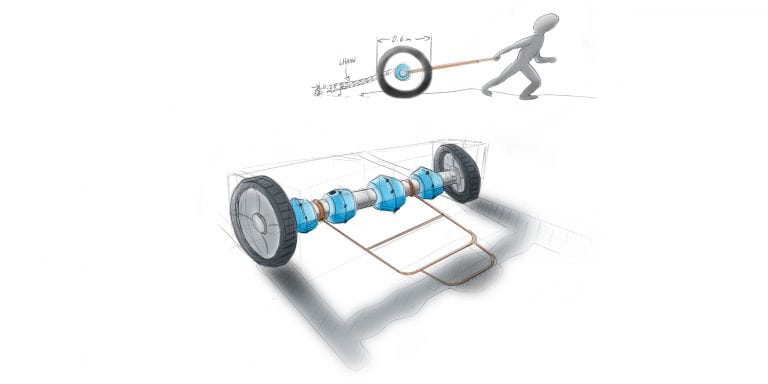We have championed a core set of design principles to follow when creating technology solutions to address needs in underserved communities. They include such rules as Prioritize open-source design, Make the devices accessible to tinkerers and do-it-yourselfers, Use local materials, Design for affordability, and others.
But maybe rules like these should not be rules at all. Maybe they should be something more fluid, like tradeoffs and decisions that are co-created with the communities that will use the technology.
Softening the imperatives, inviting debate and seeking validation could make our designs more effective. That’s the argument that Khanjan Mehta, a contributing editor at E4C and head of the Humanitarian Engineering and Social Entrepreneurship (HESE) program at Penn State, and his students have made in a paper published in the IEEE Technology and Society Magazine.
As long as we’re breaking the rules and co-creating designs, shouldn’t we give the floor to the entire community to question the process and share? In that spirit, Mehta asks important design questions and poses some of his own answers in this new series. One question per week. The goal is engagement and discussion, so your comments are vital. So, what do you think… Should we design technologies for aid or for trade?
Should we design for aid or for trade?
Over the past 50 years, more than $2 trillion in foreign relief have been transferred to Africa. Paradoxically, Africa has a lower real per capita income today than it did before this aid began. The “Marshall plan for Africa” has not worked, but why? And what does this tell us about foreign aid?
Despite best efforts, aid distribution is often more about the politics of the deliverers than the economic needs of the recipients. These aid-based models may lead to inefficiencies. For instance, foreign aid agencies donate millions of dollars to developing countries to combat malaria by distributing free insecticide-treated mosquito nets, but these efforts are less efficient than other programs that espouse cost-sharing with customers. Should we be donating products when cost-sharing with recipients may be just as effective and has the added advantage of fostering a sense of ownership?
The “aid versus trade” question is important because of the customer-consumer relationship.
What else can we do to lower waste? One way of combating foreign aid waste is to invest the funds in local employment and education programs. For instance, foreign donations could enable micro-lending for small businesses or financing for public goods like infrastructure development projects. Instead of donating mosquito nets, foreign aid might invest in social ventures like NetMark, a company that builds facilities and trains local residents to manufacture low-cost mosquito nets for the local market.
The “aid versus trade” question is important because of the customer-consumer relationship. When foreign entities donate to non-profits or developing-nation governments, they separate the customers (NGOs and governments) from the consumers (people, the end beneficiaries). When customers don’t understand the needs of the population well, the resulting solutions are likely to fail. This is less likely in market-based ventures like NetMark, where the customer and consumer are one and the same.
On the other hand, the aid model seems practical in short-term humanitarian relief. Disaster relief funding can be necessary for countries and communities to address short-term challenges and avoid further danger. In the wake of disasters, devastated communities cannot rely solely on market-based or locally developed improvements. However, the consequences of tragedies can be mitigated by building resilient systems through effective long-term planning. Disaster aid is certainly necessary in some instances, but it should not last so long that it weakens the society’s economy and perpetuates its dependence on foreign donors.
So, what do you think? Please share your thoughts in the comments below.

